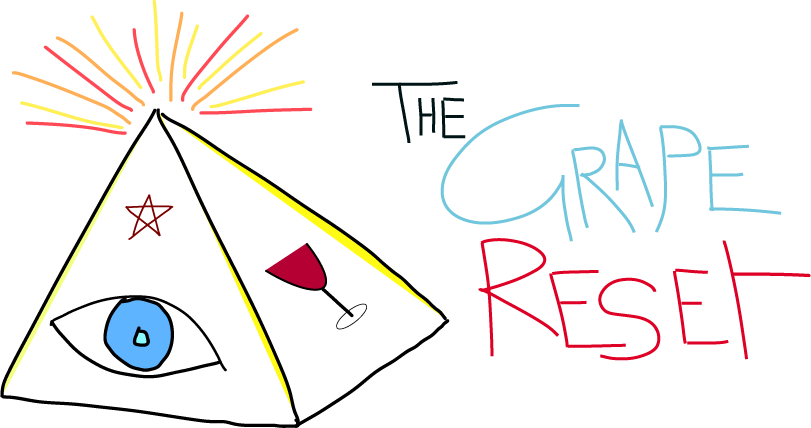California’s 2025 Harvest Brings Hope After Years of Setbacks
California’s wine industry is approaching the 2025 harvest with cautious optimism, as stable weather and healthy vines point to one of the strongest vintages in recent memory. After a string of difficult seasons marked by drought, disease, and wildfire damage, growers across the state are expecting both higher yields and stronger market stability.
The contrast with 2024 is stark. Last year, many vineyards reported reduced yields due to mildew, uneven ripening, and lingering drought stress. In Sonoma County, for example, smaller estates saw Pinot Noir and Chardonnay clusters shrivel under intense summer heat, while parts of Napa reported smoke-affected fruit following late-season wildfires. The Central Valley, while largely spared from fires, delivered only modest gains, tightening supply for high-volume wine brands.
This year, growers are seeing a markedly different picture. Napa Valley producers, including mid-sized estates in Oakville and Rutherford, report balanced fruit loads and vibrant flavor development. Vineyard manager Carla Moreno notes, “The vines look healthy, and fruit is ripening evenly. It’s a relief after the patchwork harvest we had in 2024.” In Sonoma’s Russian River and Alexander Valley, Chardonnay clusters are unusually clean and disease-free, with some vineyards anticipating 15–20% higher yields than last year.
Meanwhile, the Central Coast, particularly Paso Robles and Santa Barbara, is also benefiting from steady weather, with early Cabernet Sauvignon and Syrah showing excellent sugar and acid balance. The Central Valley, California’s bulk wine engine, is projecting a full recovery, which is critical for replenishing commercial inventories that tightened after the 2024 drought and fire disruptions.
Fire remains a lingering concern. Vineyards in Napa and Sonoma still bear scars from the 2017–2021 fire seasons. Replanting and soil rehabilitation continue in areas such as Butts Canyon and Coffey Park, where smoke-tainted vines and lost acreage have limited production for several years. Growers say this year’s healthy conditions are a welcome reprieve, but the threat of late-season fires keeps risk management at the forefront.
From a market perspective, the stronger harvest comes as U.S. wine demand shows signs of stabilizing. Premium wineries in Napa and Sonoma hope the 2025 vintage will align with recovering domestic and export sales, while Central Valley producers see the larger crop as essential for regaining shelf space against beer, spirits, and non-alcoholic alternatives.
Analysts caution that the window of relief may be short-lived. “2025 gives growers breathing room,” says vineyard consultant Michael Treadwell, “but California’s climate extremes mean every harvest is still a gamble.”
For now, growers are focused on bringing in a healthy, high-quality crop, with picking expected to begin in late August for early varietals and continue through September. With wine tourism rebounding and vineyards in many regions fully recovered from last year’s setbacks, 2025 is shaping up as a year that could mark a meaningful turning point for California’s wine industry.
| Region | 2024 Yield Notes | 2025 Forecast | Fire Impact / Recovery |
|---|---|---|---|
| Napa Valley | Reduced yields due to heat and late-season smoke; some Pinot Noir affected | Balanced fruit, 10–15% increase; early harvest late August | Areas like Butts Canyon and Coffey Park still replanting after 2017–2021 fires |
| Sonoma County | Mildew and heat reduced Chardonnay and Pinot Noir clusters | 15–20% higher yields; healthy, disease-free grapes | Smoke-affected parcels from 2020 and 2021 still under rehabilitation |
| Central Coast (Paso Robles / Santa Barbara) | Modest 2024 harvest due to uneven ripening | Early Cabernet Sauvignon and Syrah showing excellent sugar/acid balance | Largely unaffected by recent fires |
| Central Valley | Bulk wine production limited by drought stress | Near full recovery; strong yields for high-volume brands | Minimal direct fire damage, but impacted by statewide water restrictions |
| Statewide | Overall wine production down 10–12% | Production up 10–15%; inventory replenishment expected | Fire-affected acreage still limits premium wine availability |

